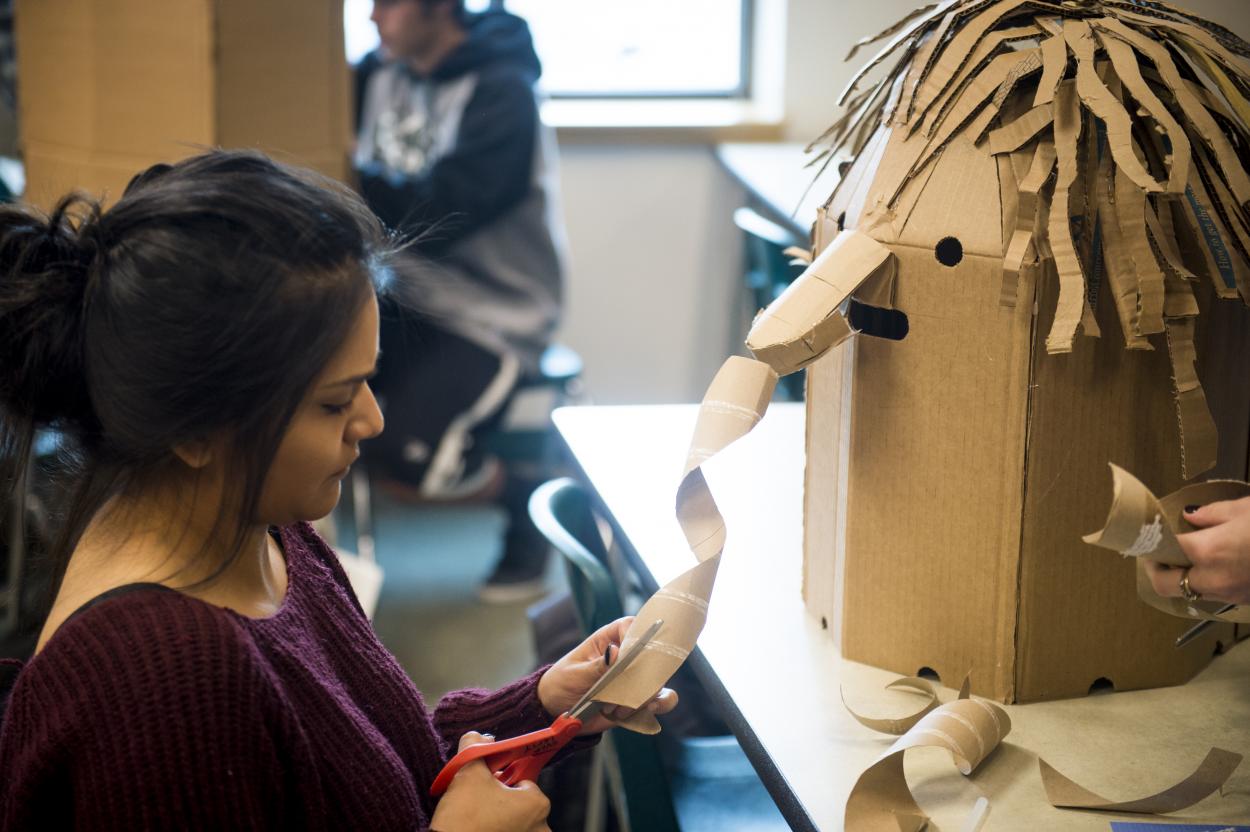
Learn
Image
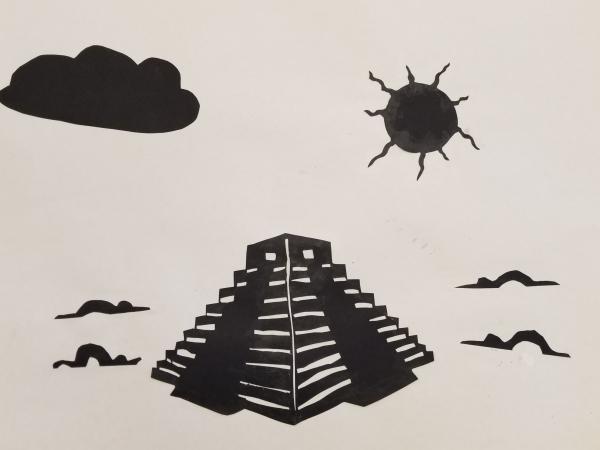
Symbolic Silhouettes
Through this project, students explore various religions of the world and create silhouette art. Students will learn about the history of silhouettes and view silhouette work of contemporary artist, Kara Walker. Students research their chosen religion and determine important symbols and imagery to incorporate into their artwork. Students draw and cut out silhouettes on black paper, then arrange and glue their silhouettes to a large sheet of white paper.
Image
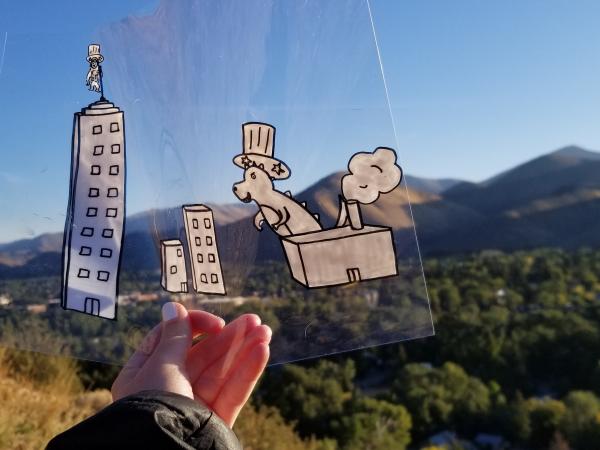
Re-Envisioning Our Environment—A Photo Project
The AP US History students at Wood River High School will be creating digital photographs which include the caricature they design. The goal of this project is for students to communicate their ideas on the impact of human growth and expansion on the environment. Students will be introduced to the work of Hombre McSteez (aka Marty Cooper). Students will also be introduced to caricature drawing and photography composition tips. Students will create their caricature and hold it up so it is included in their photograph, just like Hombre McSteez. Students will select and edit their chosen photograph and upload it. Students will title their work and write an artist statement. Photographs will be printed and displayed in a gallery walk.
Image

Scientific Shadow Drawing
Students explore earth science concepts through observation of shadows and how they change over time, thus observing and recording the sun’s path across the sky as the earth rotates each day. Students will draw each other’s shadows and compare/contrast the shadow to the actual person. Students will then create a still life collection and draw the shadows of their collection repeatedly every five to seven minutes to capture their shadow data and show evidence of the earth’s rotation as the sun moves across the sky.
Image
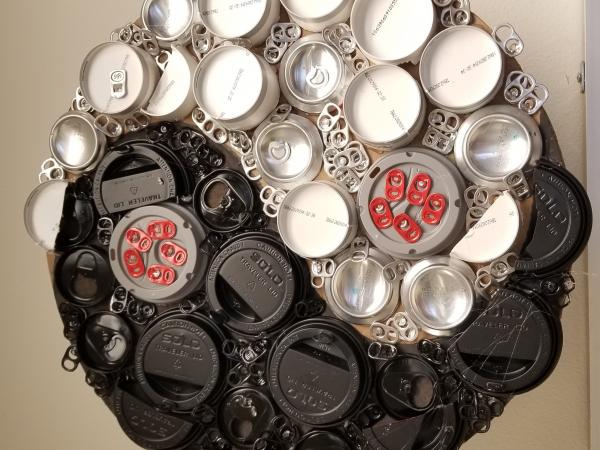
Environmental Found Object Sculpture
Students explore environmental science concepts through their exploration of the local environment. Students will use found objects that are often discarded and repurpose them to create a found object sculpture. Key concepts surrounding this project are single use and disposable items and their impact on the environment, recycling and repurposing. Students are asked to sculpt a form that communicates a message about the environment.
Image
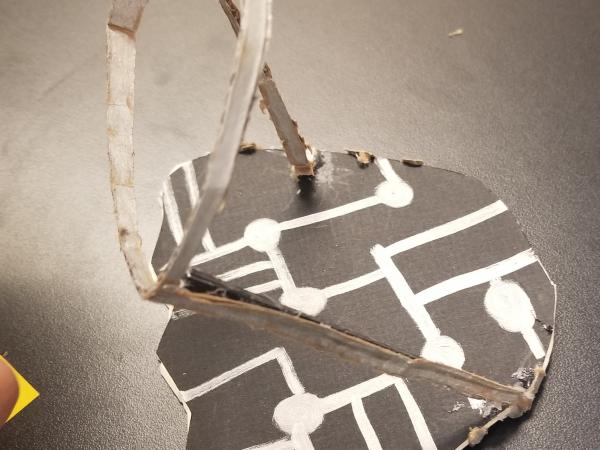
Inventing for the Future—Science Sculptures
In this project, students explore 8th grade science concepts involving adaptations. We will discuss as a class how the environment is changing and what adaptations or inventions may be needed in the future. Students will consider issues like forest fires, rising temperatures, clean water, pollution, the food supply chain, etc. They will then sculpt a model of their invention or adaptation. Students will use materials like cardboard, paperboard, plastic containers and lids to construct their models. Students will learn to translate their 2D sketch into a 3D model.
Image
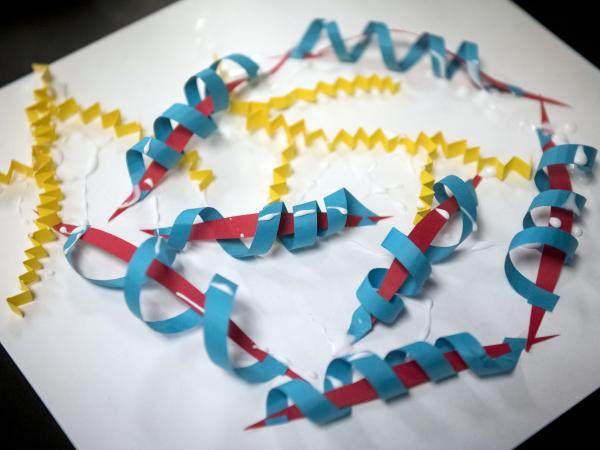
Data Sculptures—Visually Representing Data
Students will explore 7th grade science concepts by studying weather data and learning how to translate that data into a three-dimensional sculpture. Different data sets include snow fall, river levels, fire data, etc. Students will assign a color and a shape or form to each different piece of data. They will then sculpt each type of data using paper sculpture techniques. When finished, students will have a sculpture that communicates their chosen weather data visually.
Image

Math Mandalas—Geometry
Students explore geometry concepts through their design and creation of mandalas. They will use their knowledge of circumference and area to develop a circle which will then become the container for their mandala designs and create their mandala by calculating the area and perimeter of different sized triangles and squares. Key concepts surrounding mandala design will be explored, including pattern, repetition, symmetry, proportion, and shape.
Image
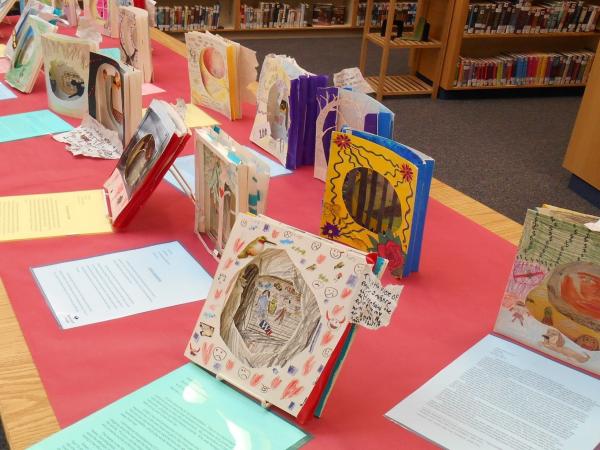
A Peek Into Fiction with Tunnel Books
Students will explore the layers and imagery of a character or theme. These tunnel books have three layers, which can be customized to meet the needs of the students. Students are challenged to visually represent the topic through illustration on the tunnel book pages. Students end the project with an artist statement that asks them to reflect on the class subject and the creative process.
Image
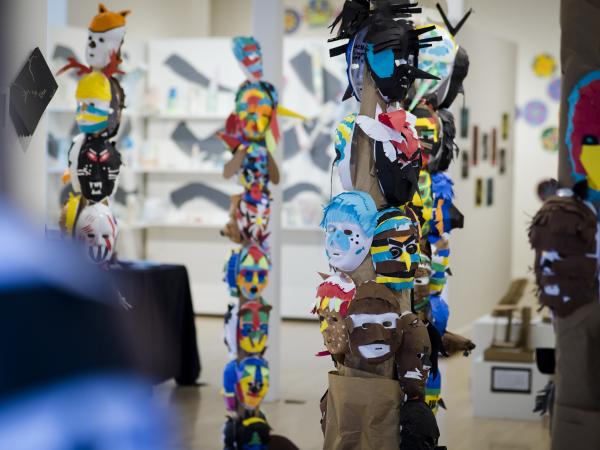
The Animal in Me—Social Studies Exploration
Students will make a personal connection to an aspect of Native American culture, totem poles, and totem animals by researching how native cultures incorporate animals into their art and culture in a variety of ways and creating an individual mask representing personal character traits. Students will then choose an animal based on strengths they identify within themselves.
Image

A River Runs Through It—A Watershed Art installation
Students work together to create an art installation of a watershed. Recycled plastic serves multiple purposes in this project: it is reusable, economical material; it reflects the plastic waste that is in our water; and it shows students how much plastic we consume. Students create part of a waterfall, a fish, and a plant while learning about the different components of a watershed, including human impact on a watershed.
Image
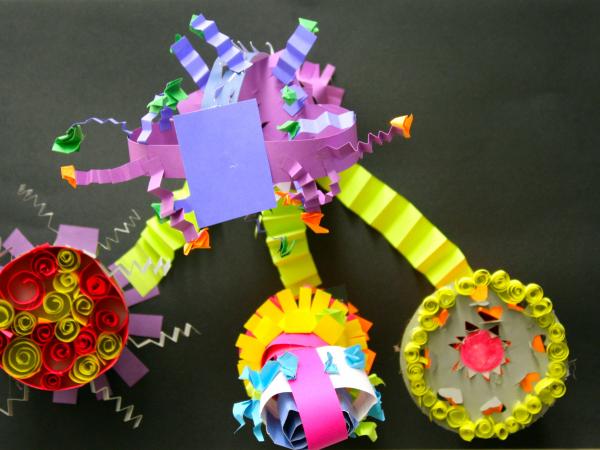
Mega Molecules—Scientific Sculptures
Small groups of students choose a molecule. Then, individually, students create the elements of the molecule compound using paper manipulation techniques including kirigami and quilling. The individual elements are then combined into one sculpture to create the compound.
Image
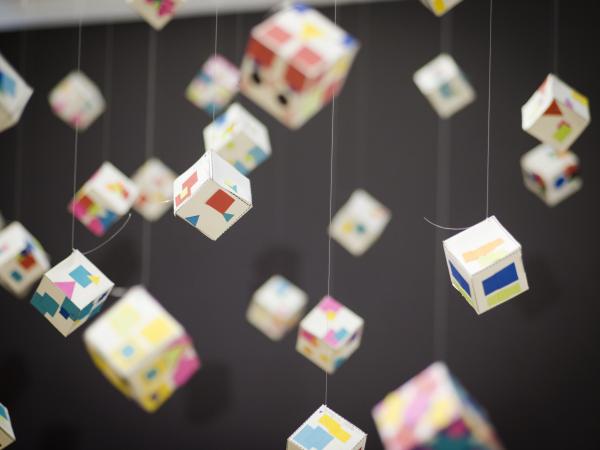
Express Yourself! Math Expressions
Students explore how to decompose and recompose equations and how equivalent expressions can be expressed differently. This graphic design project uses symbols to create various expressions of the same equation on each side of a cube. Symbols represent numerical values, giving students a key from which to base their designs and equations.
Image
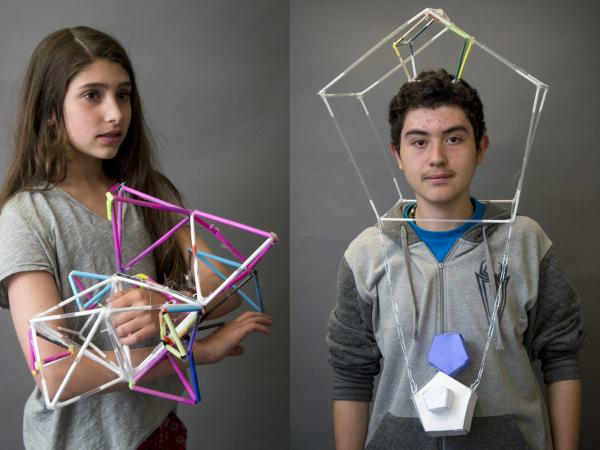
Fashion Shapes—Geometry Sculptures
Students physically explore concepts of geometry by creating their own wearable sculptures using 3D geometric forms. The forms are created from straws, hot glue, paper, paperclips, and other found materials. Students will practice making 3D shapes by cutting out 2D nets and folding them into a variety of box forms. Students will also use the scale factor to create shapes for their finished work.
Image
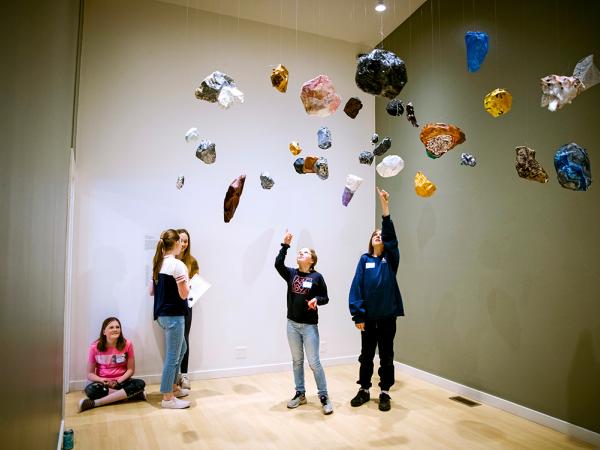
Art Rocks—Earth Science Sculptures
Students explore earth science, identifying rock types and their characteristics, including luster, formation, location, and density. Sculptures of the rock are created using chicken wire, papier maché, paint, metallic paints, glitter glue, and tissue paper. To conclude the project students, will present their rock and introduce it to the class using a first-person monologue that explains the rock’s “story.”
